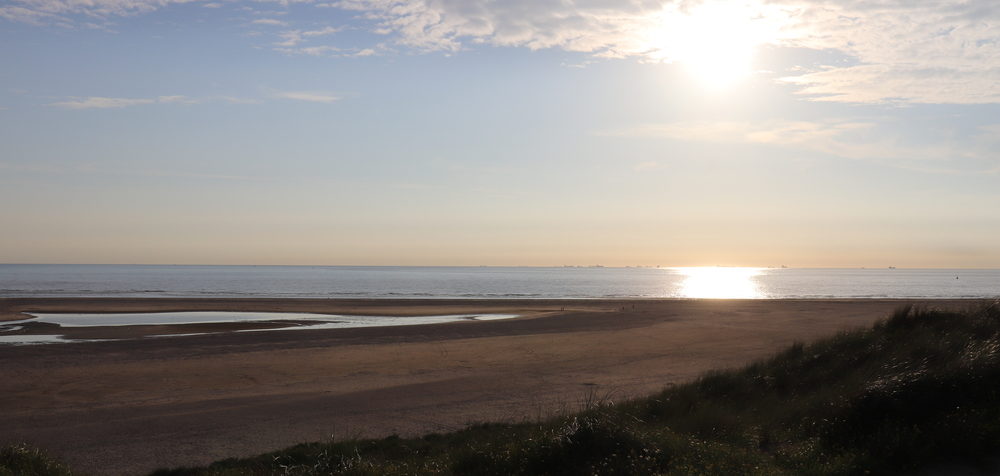
SolarisFloat has developed an innovative solar energy solution that is one of the first to combine floating solar panels with sun-tracking technology. The floating panels have single- or dual-axis tracking, which is powered by electric engines that consume less than 0.55 of the total energy produced.
The installation – named PROTEVS after the ancient Greek sea god – is currently floating in Oostvoorne Meer, a lake in the southwest Netherlands. It consists of 180 mobile solar panels, which have a total installed capacity of 73 kilowatts of peak power (kWp), and can provide an increase in energy production by up to 40% compared to static land installations. According to Solaris Float, PROTEVS is modular, detachable, and scalable, with an easy installation process.
“Renewable energy production is going to increase all around the world,” said Antonio Duarte, the lead technical engineer at SolarisFloat. “Solar installations are going to increase much more on water [than] land. Why? Because land is becoming a very precious asset.”
Besides generating power, the company cites a number of added advantages to these floating solar farms:
- the shadows made by the system result in a “superficial” temperature reduction, which is beneficial to the aquatic ecosystem. SolarisFloat also claims a 60% reduction of evaporation in the body of water; and
- the shadowing effect will improve water quality due to the reduction of algae and other microorganisms.
A study by the Solar Energy Research Institute of Singapore (Seris) found that covering just 10% of all man-made reservoirs in the world with floating solar would result in an installed capacity of 20 Terawatts (TW) – 20 times more than the global solar photovoltaic (PV) capacity today.
“Floating solar is a rather new [renewable energy] option, but it has huge potential globally,” says Thomas Reindl, deputy chief executive of Seris.
.
